You are passionate or interested in photography, you are not afraid of manual settings and you are looking for a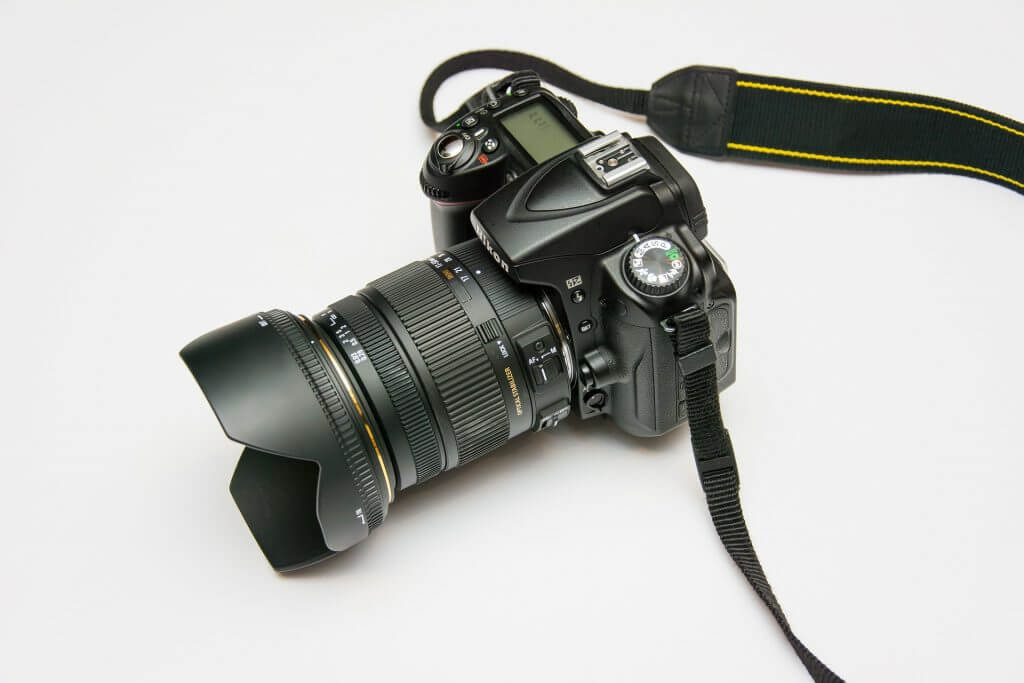 high-performance and versatile camera? Don’t go any further because the DSLR (or Reflex) family (with the mirrorless family) has the most powerful models with large sensors and a wide range of lenses. But large sensors and good performances also mean bulky and expensive. With DSLR, it is sometimes a question of finding a compromise according to your budget and your needs. Indeed, Reflex cameras with full-frame sensors can be VERY expensive (and are generally quite heavy) and the lenses that make the most out of the performance of these sensors are not exactly cheap (or lightweight) 😉 . If your budget is limited or you want to buy a camera for traveling, you may want to take a look at the lighter “entry-level” DSLRs, with smaller sensors but which are still excellent cameras.
high-performance and versatile camera? Don’t go any further because the DSLR (or Reflex) family (with the mirrorless family) has the most powerful models with large sensors and a wide range of lenses. But large sensors and good performances also mean bulky and expensive. With DSLR, it is sometimes a question of finding a compromise according to your budget and your needs. Indeed, Reflex cameras with full-frame sensors can be VERY expensive (and are generally quite heavy) and the lenses that make the most out of the performance of these sensors are not exactly cheap (or lightweight) 😉 . If your budget is limited or you want to buy a camera for traveling, you may want to take a look at the lighter “entry-level” DSLRs, with smaller sensors but which are still excellent cameras.
Last update: 27/03/2022
DSLR or Mirrorless ? The big question…
This question is all the more interesting / legitimate since 2018 because Nikon and Canon have finally launched their Full Frame mirrorless cameras with devices like the Nikon Z6 and Z7 as well as the Canon EOS R.
Let’s be honest, the market is clearly moving in the mirrorless direction! In terms of performances, mirrorless cameras are now at the same level as DSLR and their bodies are smaller / lighter / simpler (in terms of mechanics without the mirror) than those of DSLR. If you are new to the world of photography, mirrorless cameras are a very interesting alternative and you need to include them in your reflection. And there is even a good chance that DSLR will disappear completely in a few years as all new developments are made for mirrorless cameras.
Then it’s all about taste! Some people prefer the large optical viewfinders of DSLRs or find that hybrid ca,eras are sometimes unbalanced with large lenses… Everyone must make their choice according to their personal preferences, but it is now important to consider mirrorless at the same level as Reflex cameras
See our comparison table of the best mirrorless cameras
Note: I have decided to stop updating this comparison table in 2020. As most of the innovations are now done on mirrorless cameras, I don’t think there will be any big news in the DSLR family in the future. Instead, I recommend you to read our comparison table of the best mirrorless cameras if you want to invest in a new camera body.
Which DSLR camera (Reflex camera) to choose? the important criteria
So I’m not going to re-explain all the important criteria to keep in mind when choosing a camera. I will just highlight a few points that I think are interesting in the case of DSLRs:
 Sensor size: As I said in the article, the larger the sensor, the better the performance of the camera in low light and high light contrast situations. However, in the DSLR family, cameras with a “full frame” sensor are generally very expensive (nothing less than 1500$ body only) and rather heavy (so not necessarily suitable for travellers). I have therefore chosen in the table below to compare only models with an “APS-C” sensor that are more affordable, lighter and should be suitable for the vast majority of people. The “full frame” DSLR cameras are more for experienced photographers and professionals who will not necessarily need this comparison table to findwhat they need 😉
Sensor size: As I said in the article, the larger the sensor, the better the performance of the camera in low light and high light contrast situations. However, in the DSLR family, cameras with a “full frame” sensor are generally very expensive (nothing less than 1500$ body only) and rather heavy (so not necessarily suitable for travellers). I have therefore chosen in the table below to compare only models with an “APS-C” sensor that are more affordable, lighter and should be suitable for the vast majority of people. The “full frame” DSLR cameras are more for experienced photographers and professionals who will not necessarily need this comparison table to findwhat they need 😉- The selection of lenses: When purchasing a DSLR or a mirrorless camera, one of the extra components to keep in mind is the quality of the lens lineup available for this camera. As I said, the quality and style of your photos will depend a lot on your lenses and if you decide to buy a Reflex camera (or Hybrid) you will probably have to buy several lenses depending on your needs.
 At this point, you will be happy to have a wide range of lenses to be able to find your happiness according to your budget and your needs. To put it simply, popular brands like Nikon or Canon have the widest choice of lenses followed by Pentax, Olympus, Fujifilm or Sony.
At this point, you will be happy to have a wide range of lenses to be able to find your happiness according to your budget and your needs. To put it simply, popular brands like Nikon or Canon have the widest choice of lenses followed by Pentax, Olympus, Fujifilm or Sony. - Buying lenses: If you are new to the world of DSLR, you probably don’t have any lenses yet. So in general when you buy a DSLR camera, it comes with a kit lens that will allow you to start and learn how to use your device. But in general the kit lenses are not incredible (versatile but not very bright) and you will quickly need to buy new lenses. So I recommend that you keep some of your budget to buy a quality lens because once again, the lens is as important as the camera body in the quality of your photos.
Without further delay, here is the comparison table of the best DSLR cameras in 2019. I will obviously try to keep this table up to date according to the new cameras coming out but do not hesitate to comment if you have any suggestions to complete this table. You will find my personal opinion after the comparison table and what would be my choice if I had to buy a DSLR.
In the comparison table below, I also chose not to include super high-end cameras like the Nikon D850 or the Canon EOS 5D M4 that clearly target professional photographers and not the general public.
The comparative table below is interactive. You can choose the cameras you want to compare, remove the lines that do not interest you… and to reset the table, simply reload the page. For a better reading, do not compare more than 2-3 models on mobile and 6-7 on computer.
| Criteria |  Nikon D 3400 Nikon D 3400
|
 Pentax KS 2 Pentax KS 2
|
 Nikon D 5600 Nikon D 5600
|
 Canon EOS 800D Canon EOS 800D
|
 Pentax K3 M2 Pentax K3 M2
|
 Pentax KP Pentax KP
|
 Nikon D 7500 Nikon D 7500
|
 Canon EOS 80D Canon EOS 80D
|
 Pentax K1 Pentax K1
|
 Nikon D 500 Nikon D 500
|
|---|---|---|---|---|---|---|---|---|---|---|
| Critères | Nikon D 3400
|
Pentax KS 2
|
Nikon D 5600
|
Canon EOS 800D
|
Pentax K3 M2
|
Pentax KP
|
Nikon D 7500
|
Canon EOS 80D
|
Pentax K1
|
Nikon D 500
|
| Characteristics of the camera | ||||||||||
 Price Price |
300-450$ | 550-800$ | 600-800$ | 600-800$ | 650-900$ | 800-1000$ | 900-1200$ | 1100-1400$ | 1500-1700$ | 1500-2000$ |
 Weight (body + kit lens) Weight (body + kit lens) |
395gr + 250gr | 678gr + 181gr | 465gr + 205gr | 532gr + 215gr | 785gr + 230gr | 699gr | 720gr | 790gr + 480gr | 1015gr | 856gr |
 Size Size |
124 x 98 x 76 mm | 122 x 91 x 65 mm | 124 x 97 x 70 mm | 131 x 100 x 76 mm | 132 x 102 x 77 mm | 132 x 101 x 76 mm | 136 x 104 x 73 mm | 139 x 105 x 79 mm | 137 x 110 x 86 mm | 147 x 115 x 81 mm |
 Toughness – Waterproofing Toughness – Waterproofing |
1/5 | 4/5 | 1/5 | 1/5 | 4/5 | 4/5 | 4/5 | 4/5 | 4/5 | 4/5 |
 Battery life Battery life |
1200 photos | 410 photos | 970 photos | 270-600 photos | 720 photos | 390 photos | 950 photos | 300-960 photos | 760 photos | 1240 photos |
 Speed Speed |
min exp : 1/4000 img/sec : 5 |
min exp : 1/6000 img/sec : 5.2 |
min exp : 1/4000 img/sec : 5 |
min exp : 1/4000 img/sec : 6 |
min exp : 1/8000 img/sec : 8 |
min exp : 1/24000 img/sec : 7 |
min exp : 1/8000 img/sec : 8.2 |
min exp : 1/8000 img/sec : 6.7 |
min exp : 1/8000 img/sec : 4.6 |
min exp : 1/8000 img/sec : 10.2 |
| Sensor | ||||||||||
 Size Size |
APS-C | APS-C | APS-C | APS-C | APS-C | APS-C | APS-C | APS-C | Full Frame | APS-C |
 Resolution Resolution |
24.2mpx | 20.1mpx | 24.2mpx | 24.2mpx | 24.4mpx | 24.3mpx | 20.9mpx | 24.2mpx | 36.4mpx | 20.9mpx |
 ISO Range ISO Range |
100-25600 | 125-51200 | 100-25600 | 100-25600 | 125-51200 | 100-819200 | 100-51200 | 100-16000 | 100-204800 | 100-51200 |
| Kit lens | ||||||||||
 Focal range (full frame equivalent) Focal range (full frame equivalent) |
27-83 | 27-75 | 27-83 | 29-88 | 27-83 | no kit lens | no kit lens | 29-216 | no kit lens | no kit lens |
 Max Aperture Max Aperture |
f3.5/5.6 | f4/5.6 | f3.5/5.6 | f4/5.6 | f3.5/5.6 | no kit lens | no kit lens | f3.5/5.6 | no kit lens | no kit lens |
 Lenses available for the brand Lenses available for the brand |
5/5 | 3/5 | 5/5 | 5/5 | 3/5 | 3/5 | 5/5 | 5/5 | 3/5 | 5/5 |
| Additional functionalities | ||||||||||
 In Body or lens stabilization In Body or lens stabilization |
lens stabilization | in body stabilization | lens stabilization | lens stabilization | in body stabilization | in body stabilization | lens stabilization | lens stabilization | in body stabilization | lens stabilization |
 Viewfinder Viewfinder |
optical viewfinder 95% coverage | optical viewfinder 100% coverage | optical viewfinder 95% coverage | optical viewfinder 95% coverage | optical viewfinder 100% coverage | optical viewfinder 100% coverage | optical viewfinder 100% coverage | optical viewfinder 100% coverage | optical viewfinder 100% coverage | optical viewfinder 100% coverage |
 Screen Screen |
fixed screen with 307’200 pxs | 180 degree rotating screen with 230’400 pxs | 180 degree rotating touch screen with 345’600 pxs | 180 degree rotating touch screen with 345,600 pxs | fixed screen with 345’600 pxs | articulated screen with 307,200 pxs | articulated touch screen with 307,200 pxs | 180 degree rotating touch screen with 345’600 pxs | articulated screen 345,600 pxs | 180 degree rotating touch screen with 589’750 pxs |
 Video Video |
full HD | full HD | full HD | full HD | full HD | full HD | 4k (cropped) and full HD | full HD | full HD | 4k and full HD |
Best DSLR camera (Reflex camera) : my opinion
Honestly, if you are new to the world of DSLRs (i.e. you don’t have any specific brand lenses), the Pentax brand really offers the best quality/price ratio since 2015. The KS-2, K3-M2, K-70 models (not shown above) or more recently the impressive Pentax KP all offer advanced features that are not available from other brands for the same price range.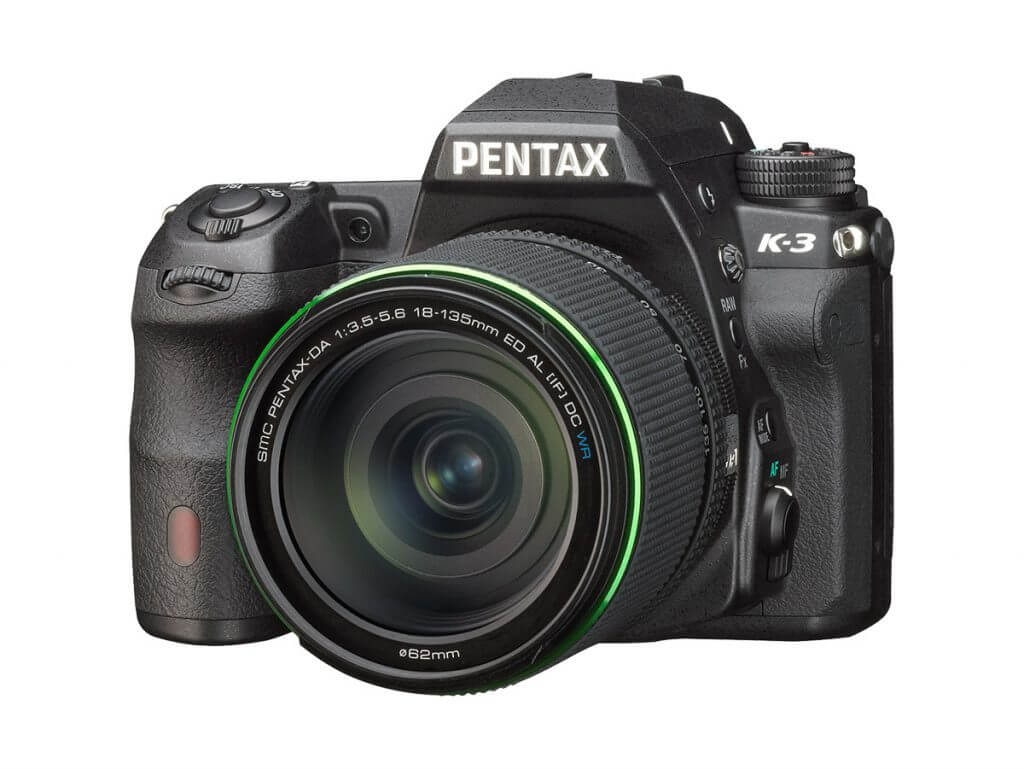 So of course the cameras are quite heavy (but if you want to buy a DSLR, it’s because you’re ready to carry some heavier equipment) and the autofocus is probably not the best but all their cameras are weather sealed (VERY useful for travellers), stabilized with super quality optical viewfinders. To be honest, if I had to buy a DSLR, I would buy a Pentax even if the choice of lenses is a little less extensive than for Canon or Nikon (well there’s plenty to do!).
So of course the cameras are quite heavy (but if you want to buy a DSLR, it’s because you’re ready to carry some heavier equipment) and the autofocus is probably not the best but all their cameras are weather sealed (VERY useful for travellers), stabilized with super quality optical viewfinders. To be honest, if I had to buy a DSLR, I would buy a Pentax even if the choice of lenses is a little less extensive than for Canon or Nikon (well there’s plenty to do!).
After that, if you already have Nikon or Canon lenses, it is not necessarily worth changing and both brands offer good cameras in all price ranges (although in my opinion Nikon has a little more interesting DSLR cameras in 2019).
And if you have the money and the desire to test the “full frame” sensors, the first prices are available with models like the Pentax K-1 (the best quality/price ratio currently in the full frame DSLRs you will find in the comparison table) and the excellent Nikon D 750. If you want to break the bank, you can always take a look at the Nikon D 850, which is the current star among the pros with high-end mirrorless cameras.
Best DSLR camera : my choice
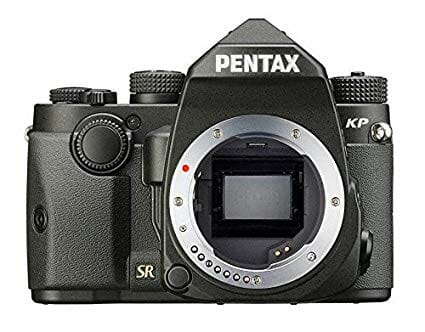 If I had to choose a DSLR camera in 2022, I think I would go for the very interesting Pentax KP. This camera is very compact for a DSLR, weather sealed, has a new sensor with an impressive ISO performances, a tilting screen, a very good optical viewfinder, stabilization in the camera… (its only small weaknesses are video and autofocus compared to Nikon and Canon cameras). That’s a lot of positive points that come under 1000$ (body only)…. For the same characteristics at Nikon and Canon, you will have to spend much more money!
If I had to choose a DSLR camera in 2022, I think I would go for the very interesting Pentax KP. This camera is very compact for a DSLR, weather sealed, has a new sensor with an impressive ISO performances, a tilting screen, a very good optical viewfinder, stabilization in the camera… (its only small weaknesses are video and autofocus compared to Nikon and Canon cameras). That’s a lot of positive points that come under 1000$ (body only)…. For the same characteristics at Nikon and Canon, you will have to spend much more money!
P.S. This article contains affiliate links so if you buy a reflex camera by clicking on one of our links, we will get a small commission. Please also note that we are not sponsored by any brand and this is our sincere opinion about the best reflexs cameras in 2022. Finally, you will not find any Amazon links in this article because we do not support the questionable ethics of this company.
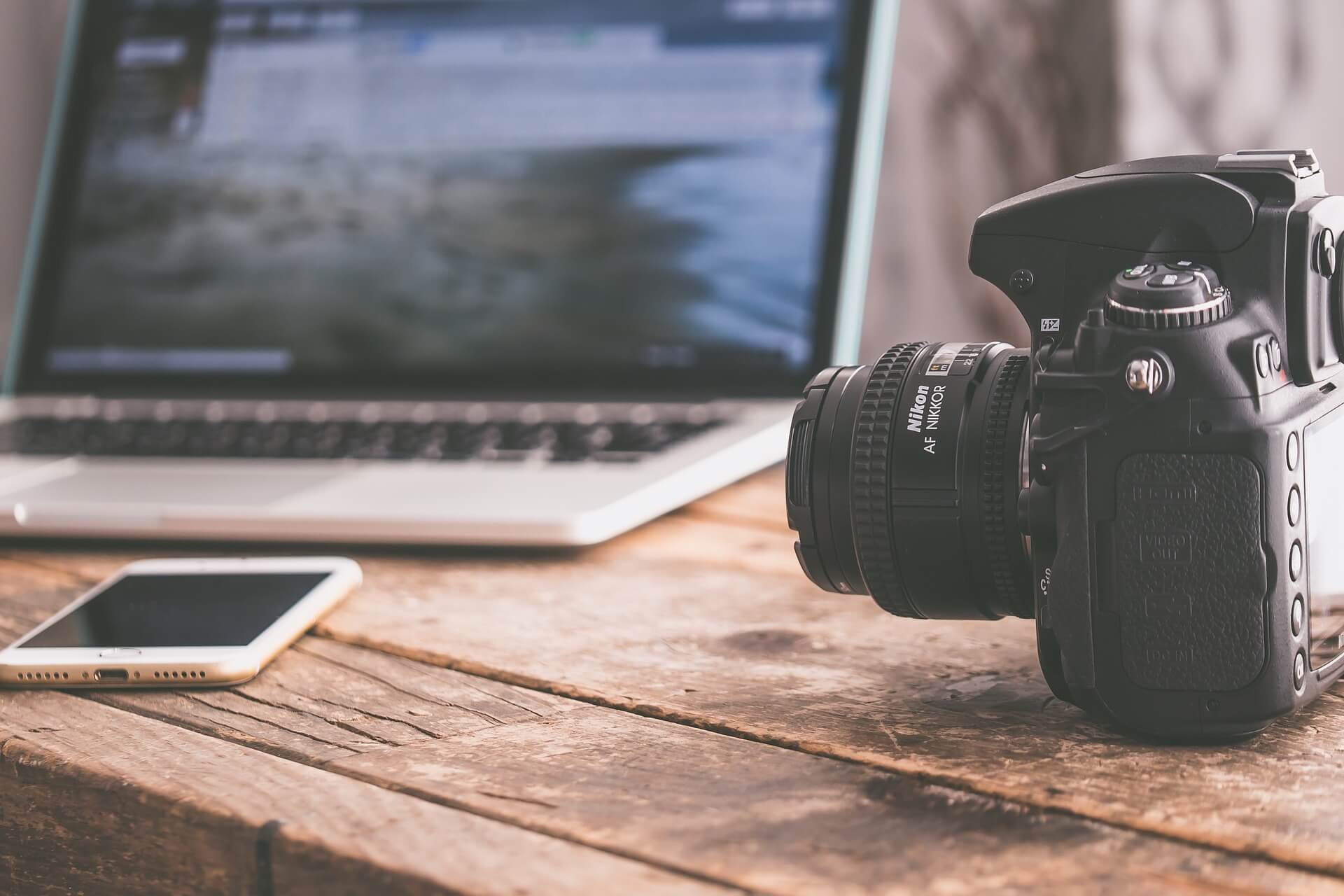
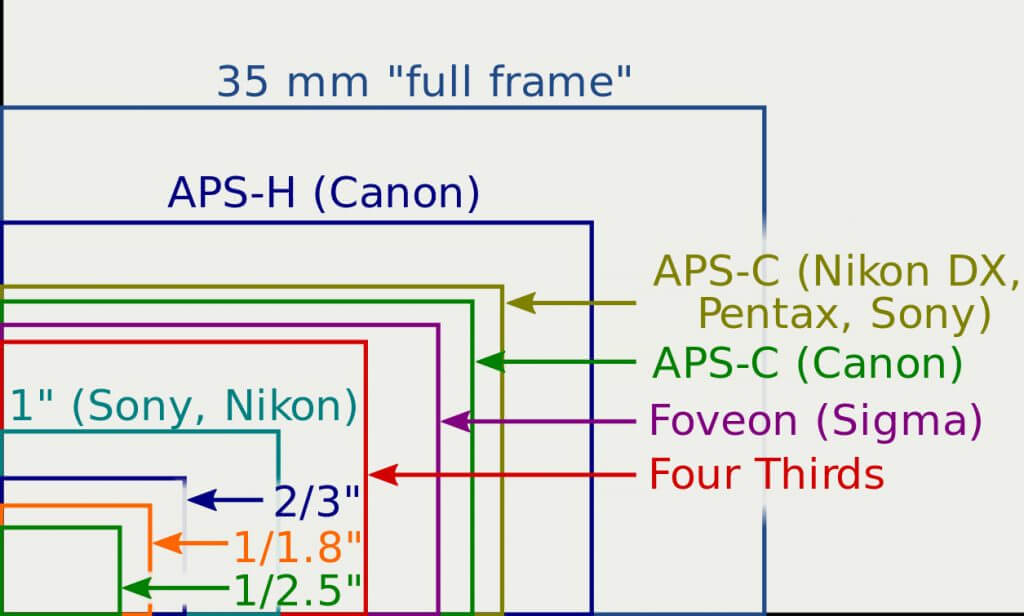 Sensor size: As I said in
Sensor size: As I said in 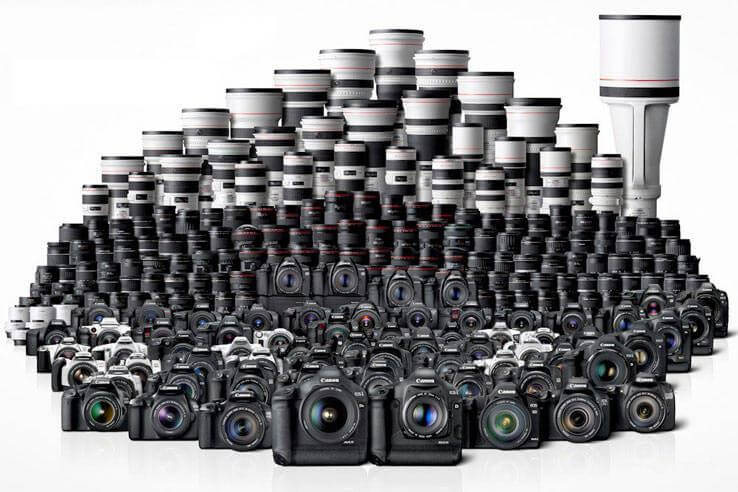 At this point, you will be happy to have a wide range of lenses to be able to find your happiness according to your budget and your needs. To put it simply, popular brands like Nikon or Canon have the widest choice of lenses followed by Pentax, Olympus, Fujifilm or Sony.
At this point, you will be happy to have a wide range of lenses to be able to find your happiness according to your budget and your needs. To put it simply, popular brands like Nikon or Canon have the widest choice of lenses followed by Pentax, Olympus, Fujifilm or Sony.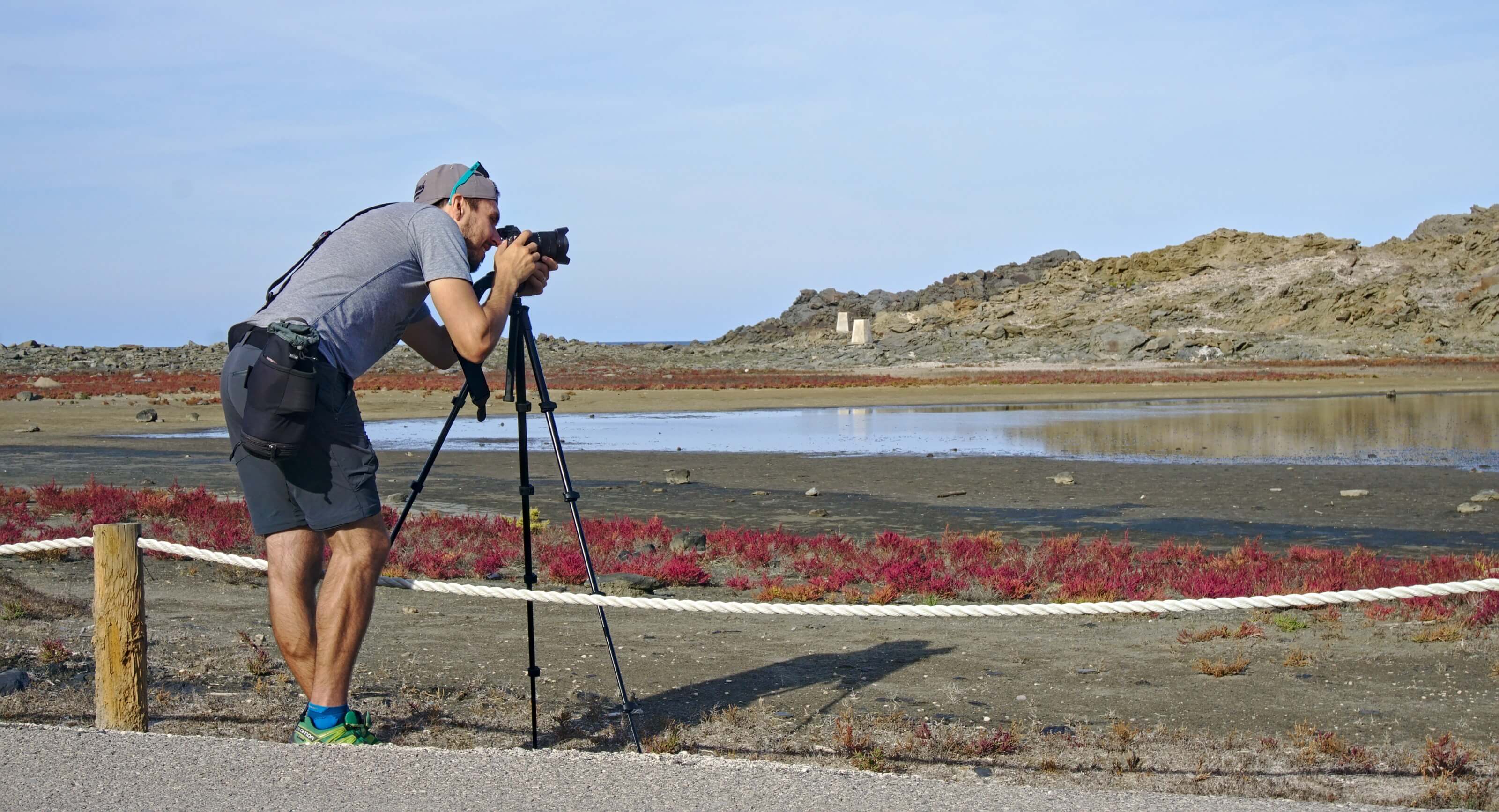
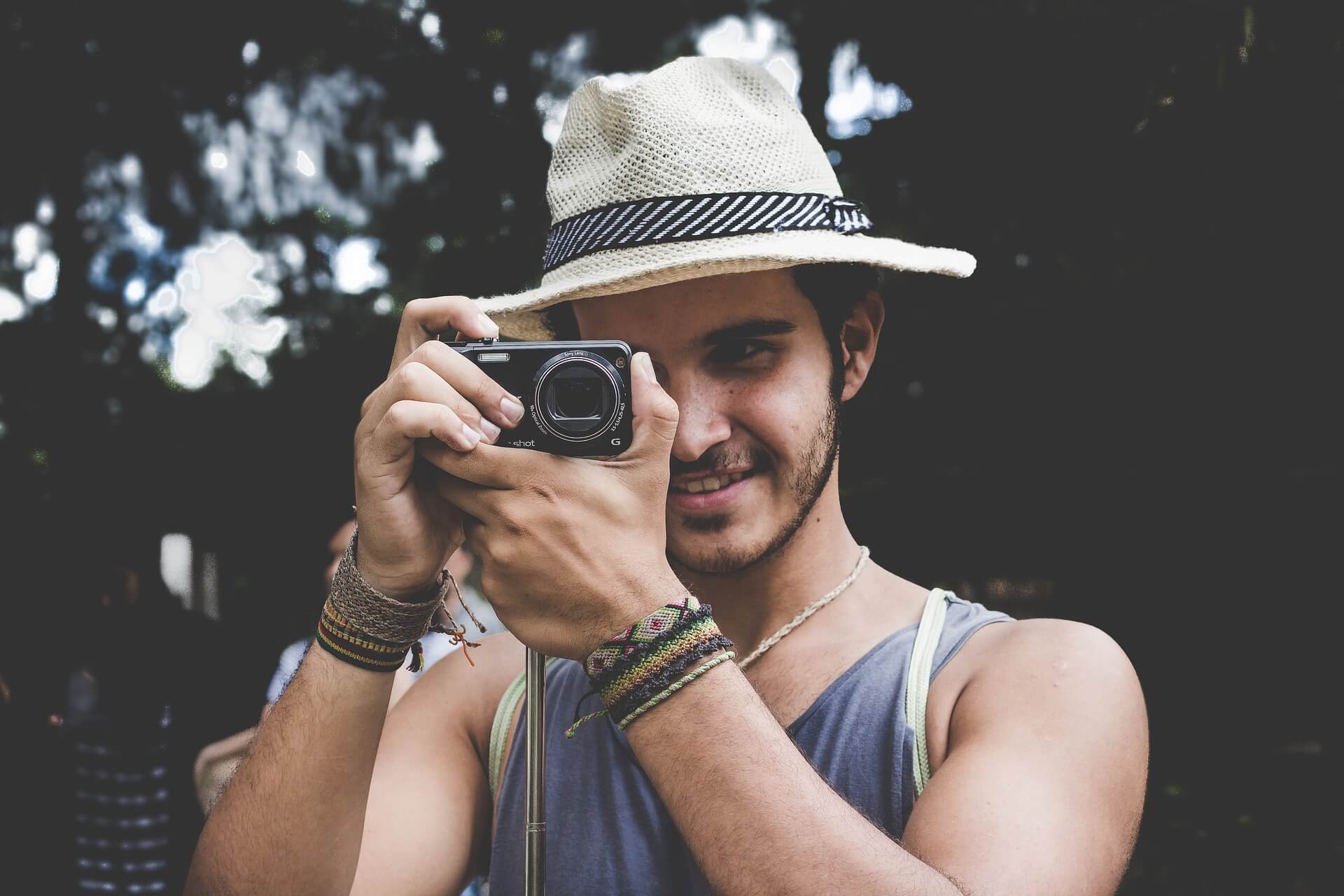
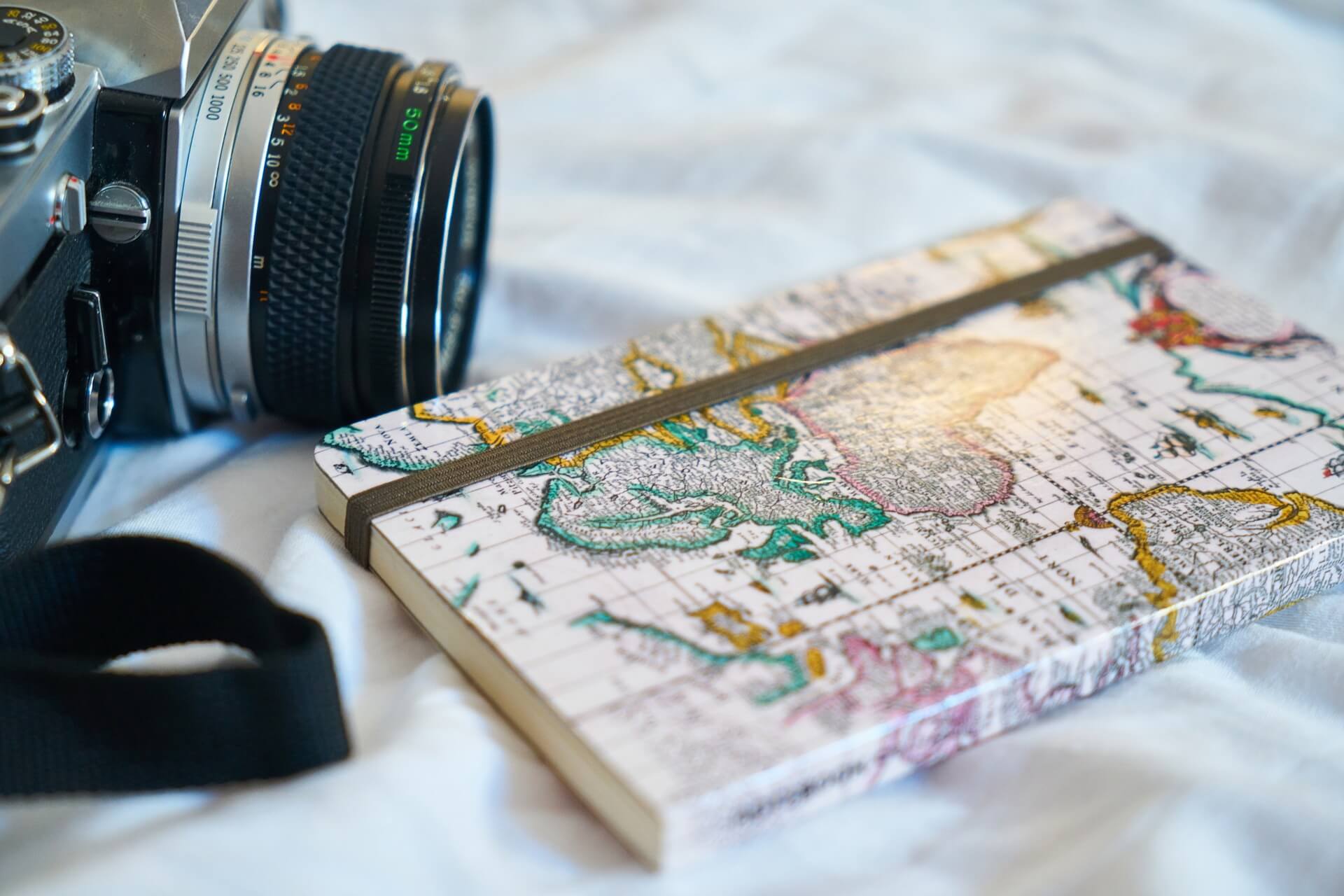
Join the discussion